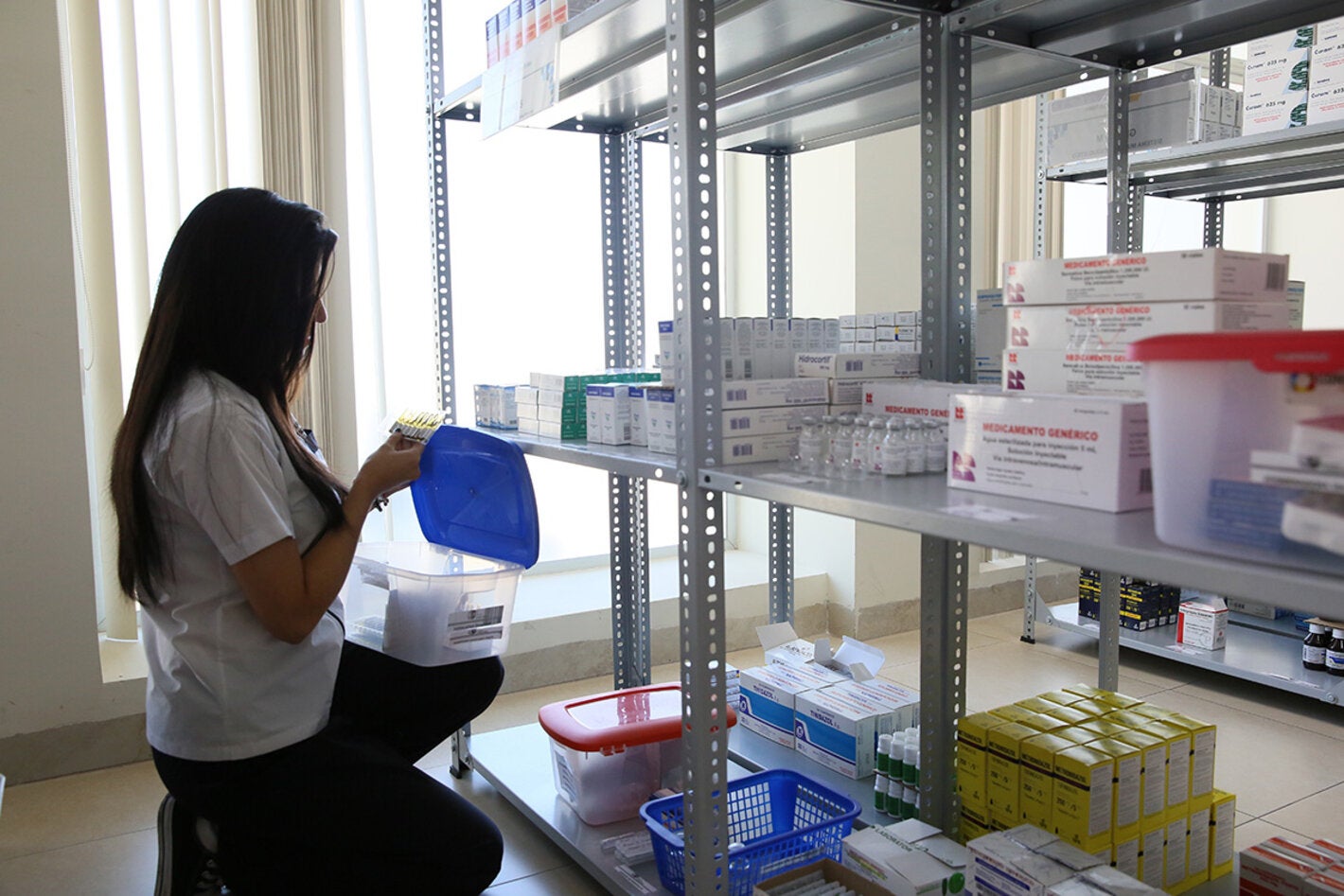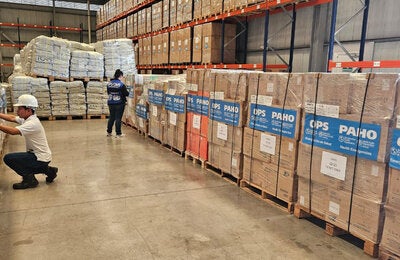
Washington, DC, 30 September 2020 (PAHO/WHO)—Countries in the Region of the Americas have significantly improved regulatory capacity systems for medicines and other health technologies, but continued effort is needed to sustain improvements, says a report from the Pan American Health Organization (PAHO).
The progress report, Strengthening National Regulatory Authorities for Medicines and Biologicals, was published by PAHO during the 58th Directing Council. The document summarizes key achievements in this area of work over the past decade in the Americas, including challenges that remain to be addressed.
According to the Report, as of December 2019, PAHO has coordinated and supported assessments of national regulatory systems in 29 countries, using a standardized indicator-based tool. The results of these assessments are used to support the preparation of institutional development plans (IDPs) to guide improvements in national regulatory capacities. The results of the evaluations are available to participating regulatory authorities and are shared through the Regional Platform on Access and Innovation for Health Technologies (PRAIS), an online collaborative platform.
PAHO has recognized eight national regulatory authorities of regional reference (NRAr): the National Administration of Drugs, Foods and Medical Devices (ANMAT) of Argentina; the National Health Surveillance Agency (ANVISA) of Brazil; the Center for State Control of Drugs, Equipment and Medical Devices (CECMED) of Cuba; the Federal Commission for Protection against Health Risks (COFEPRIS) of Mexico; Health Canada (HC); the Public Health Institute (ISP) of Chile; the National Food and Drug Surveillance Institute (INVIMA) of Colombia; and the United States Food and Drug Administration (US FDA).
The Report also highlights that, since 2016, countries in the Caribbean Community (CARICOM) have been implementing a region-wide approach through the Caribbean Regulatory System (CRS), which offers a single-entry portal for market authorization to 17 million people within CARICOM. This strategy reduces fragmentation of standards, and offers a chance for small states working together to achieve appropriate oversight of products circulating within the Caribbean Community.
Central American national regulatory authorities have launched the Central American Regulatory Mechanism with the support of PAHO and the World Bank. This initiative relies on a multi-country approach to accelerate market entry and improve availability of quality medicines while ensuring efficiencies and best use of resources in the subregion.
Among other advances, the Report also highlights the major role played by regulatory authorities of the Americas in the adoption of a global benchmarking tool (GBT) that can be used to assess countries’ regulatory capacities across all WHO regions, using a single standard.
However, the Report emphasizes that national health authorities need to continue and prioritize the strengthening of their regulatory bodies. Regulatory system strengthening takes time and commitment, and it should therefore be adopted as a state policy and sustained over time.
The Report recommends that countries should take action and cooperate to ensure timely access to all health technologies that can save lives, including medical devices, advanced cell therapeutic products, combination technologies, and personalized medical products, among others, and that health systems invest in products that have proven added value for the health of the population.



